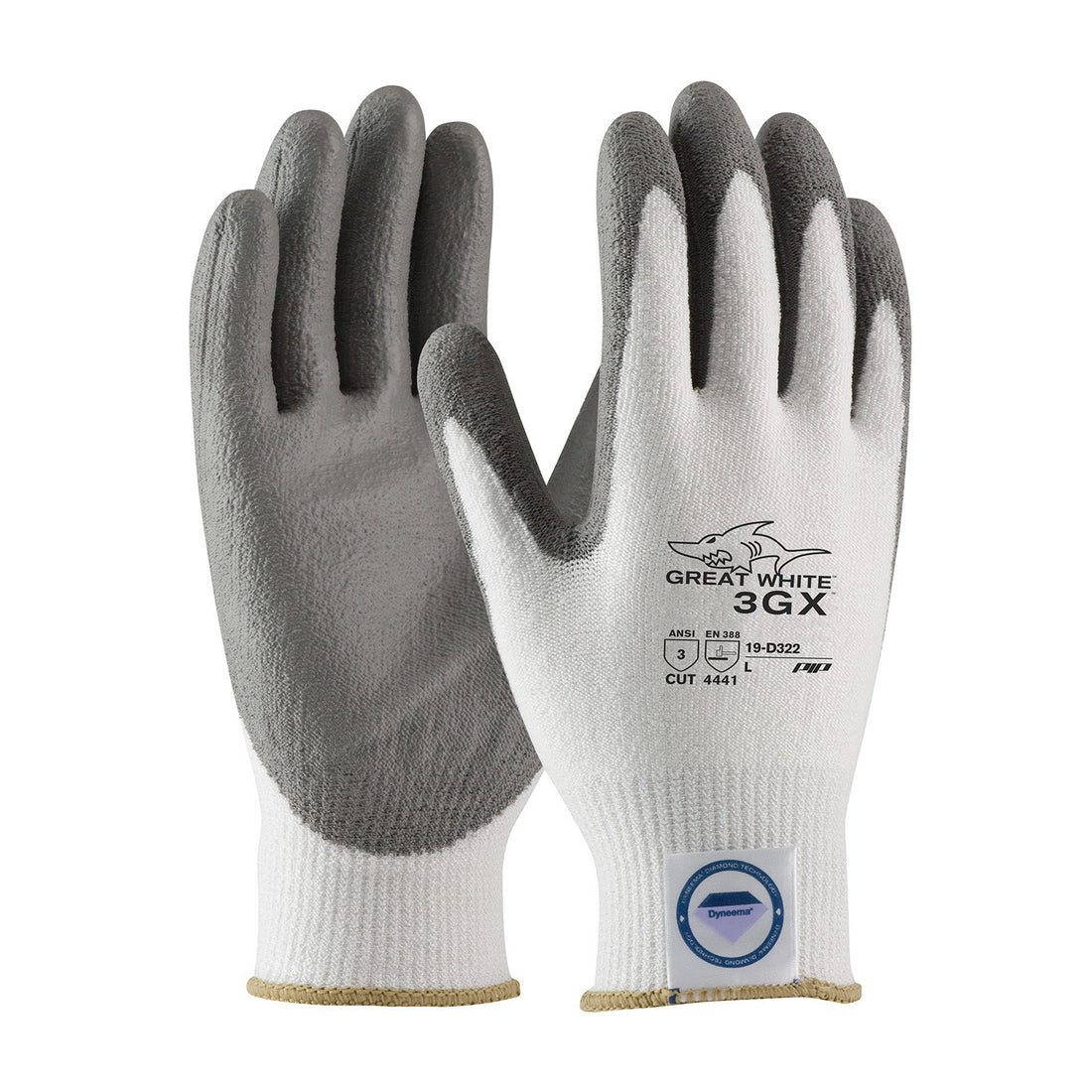Have you ever found yourself floundering in a sea of unfamiliar terms when searching for that perfect pair of coated work gloves? In order to find the proper gloves for you and your employees, it is important that you understand the terminology that is used with these coated work gloves so that you can ensure you’re getting what you need.
ANSI: This is an abbreviation that stands for American National Standards Institute. This institute sets the standards and implements those guidelines in businesses across North America. Specifically for gloves, the ANSI puts in place the standards for rating all aspects of protection for a glove.
Anti-Impact: Gloves with this feature have extra padding on the back of the hand and fingers to prevent injuries. These are perfect for automotive industries where there is a high risk of bumping hands is a continual hazard.
Breakthrough Time: This time measurement term refers to the amount of time (typically measured in minutes) it takes for a chemical to break through to contact the skin after the glove has come in contact with the chemical.
Cut Proof: This is actually a trick term. No glove can be made cut proof. At some point, there is a breaking point for every glove.
Cut Resistance: Gloves CAN have cut resistance, each has a different level of resistance. Those levels are created by the ANSI and fall on a scale from 1-9.
Foam Nitrile: I’m sure you’ve heard of nitrile gloves. Well, foam nitrile is created from liquid nitrile that has been whipped. In this form, it acts similar to a sponge. The nitrile foam is used as a glove coating, which provides excellent grip for wet and dry conditions.
Gauge: The term gauge refers to the thickness of yarn that is used in the construction of a knitted work glove. You could find out the gauge yourself by counting the number of threads in one inch of the glove.
Micropore Nitrile: This is another form of nitrile, where the material has been treated to create millions of teeny tine pores within the coating. This special form of nitrile gives an even better grip than foam nitrile.
Palm Coating: This refers to a coating that is only on the palm of the glove, and typically is made from a material like nitrile, polyurethane, latex, or PVC. These types of coatings are beneficial because they add extra abrasion and puncture resistance as well as grip.




